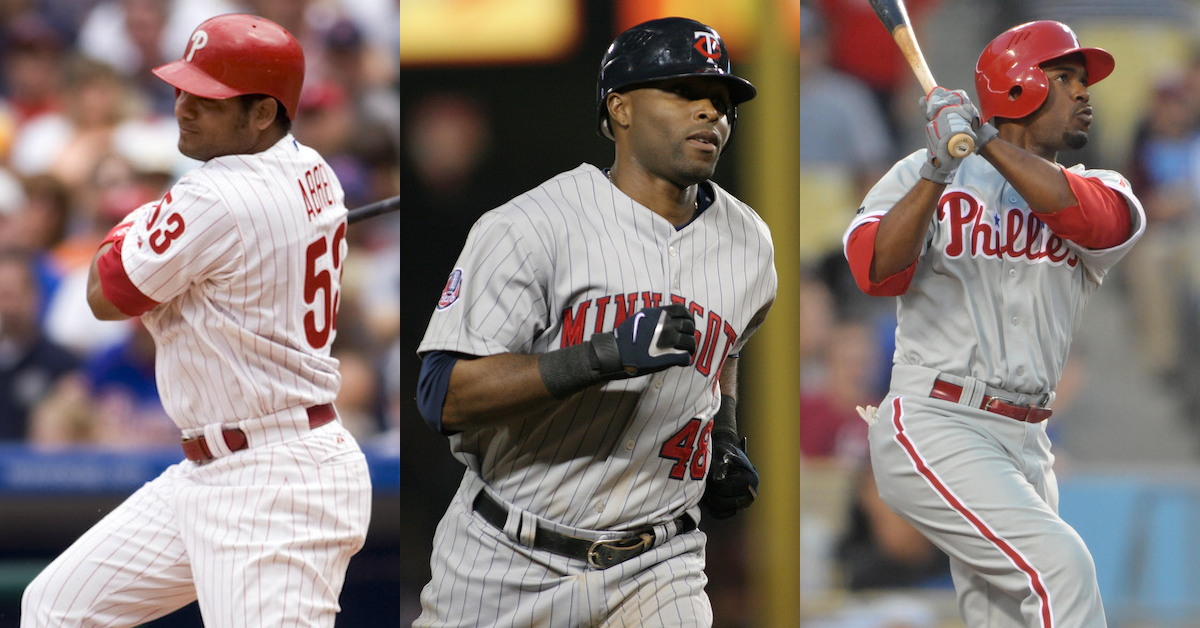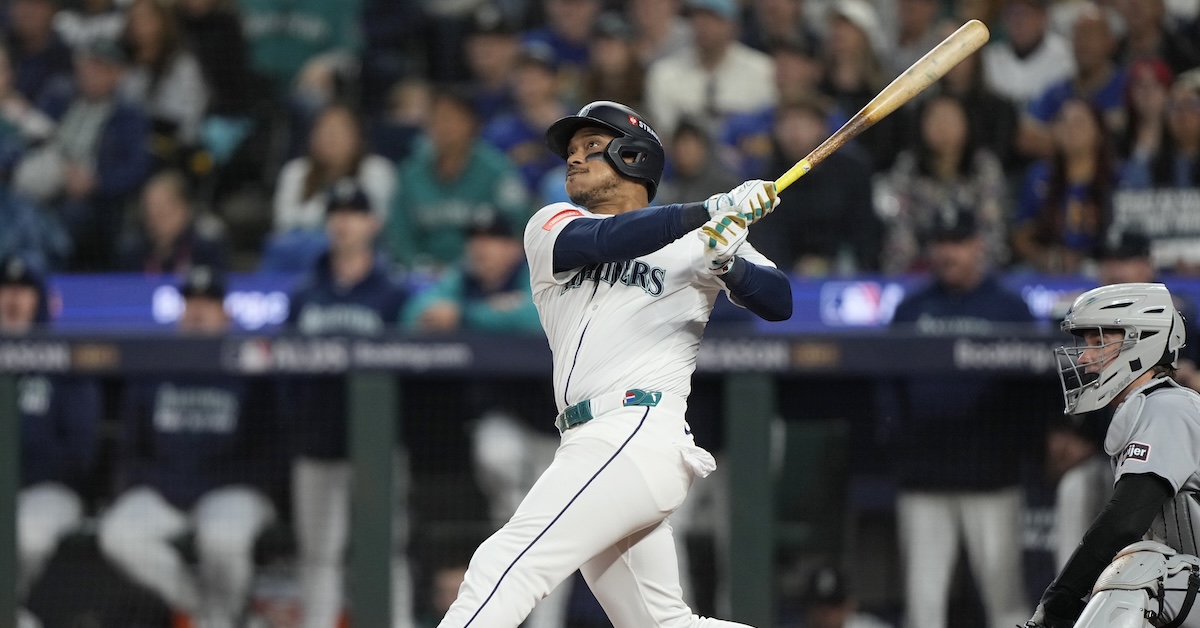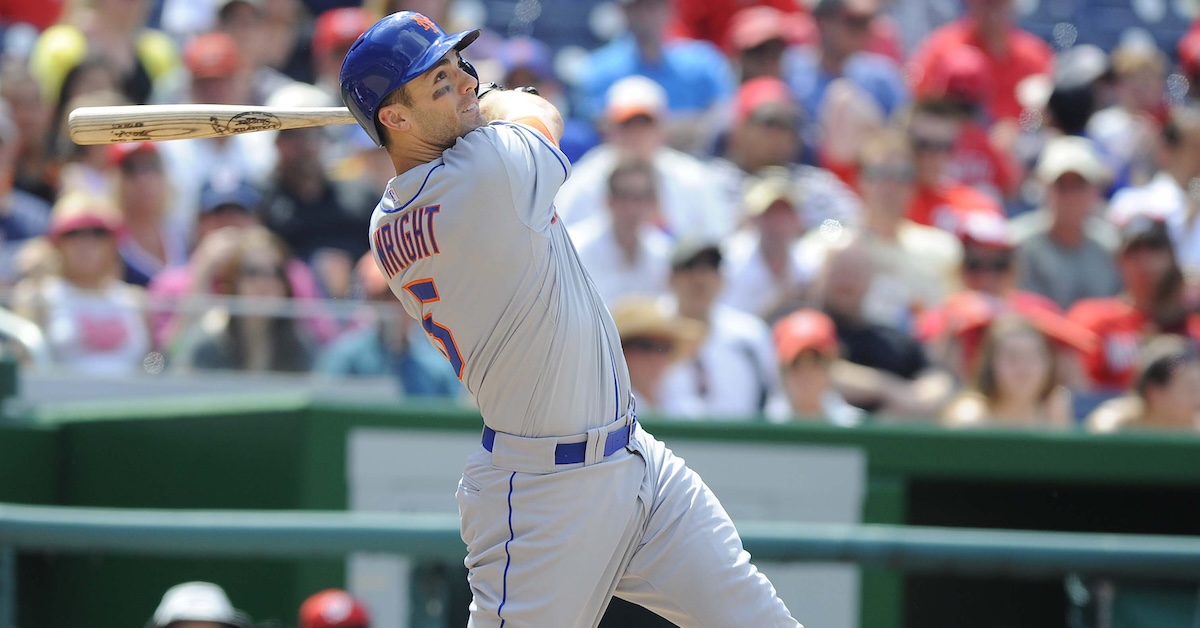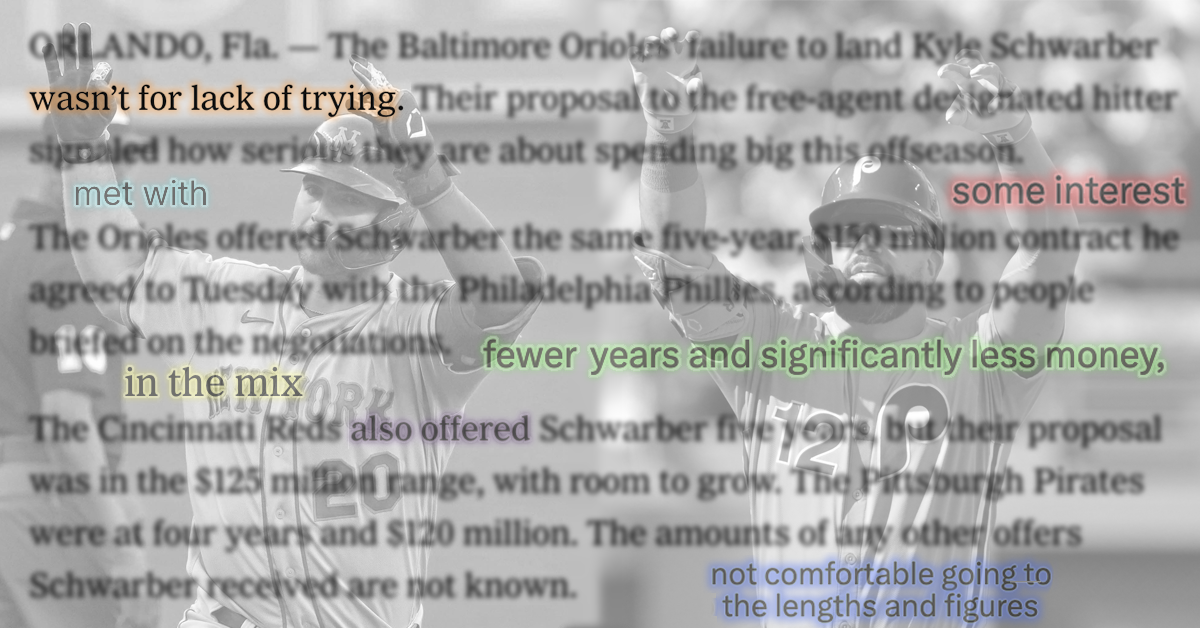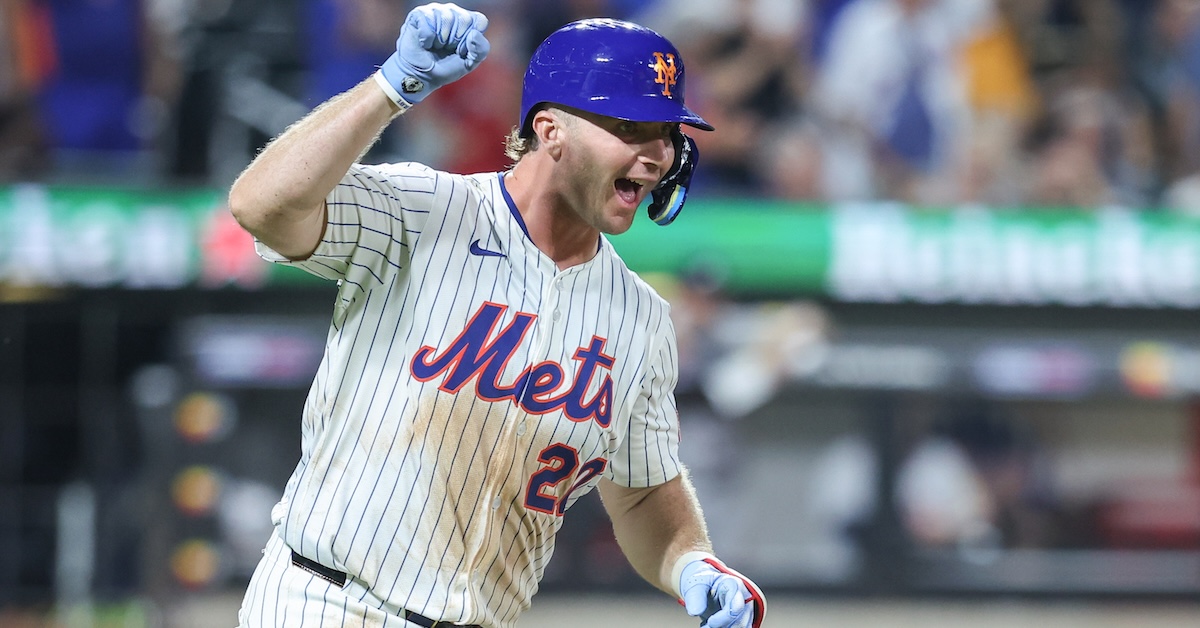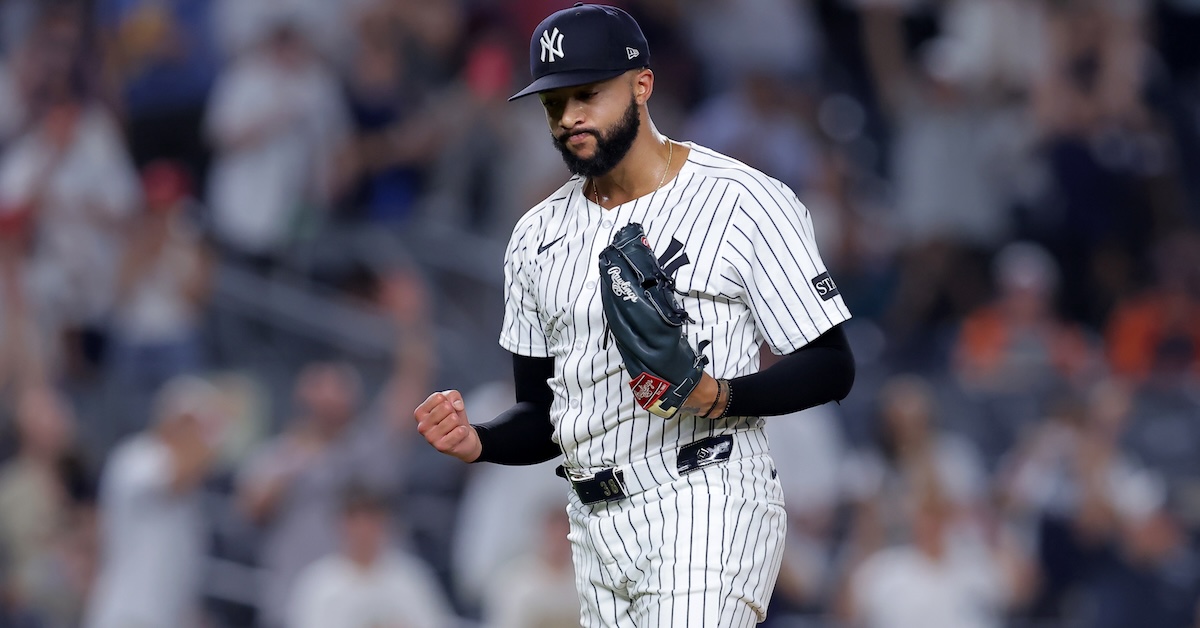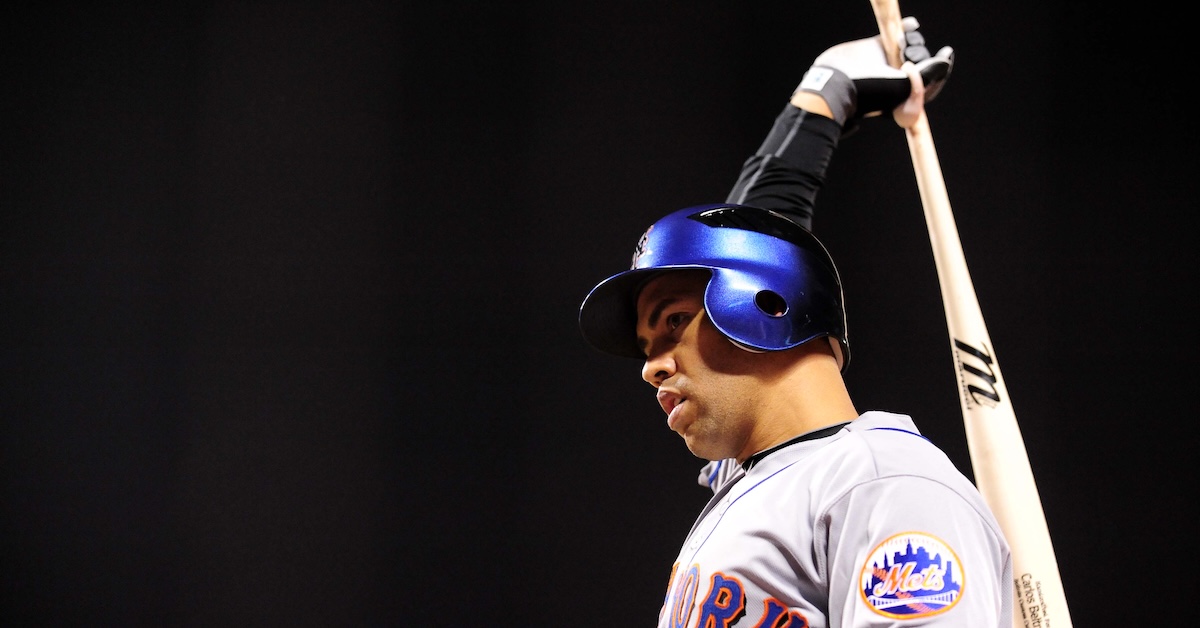Luke Weaver Transfers At Grand Central, Heads To Queens
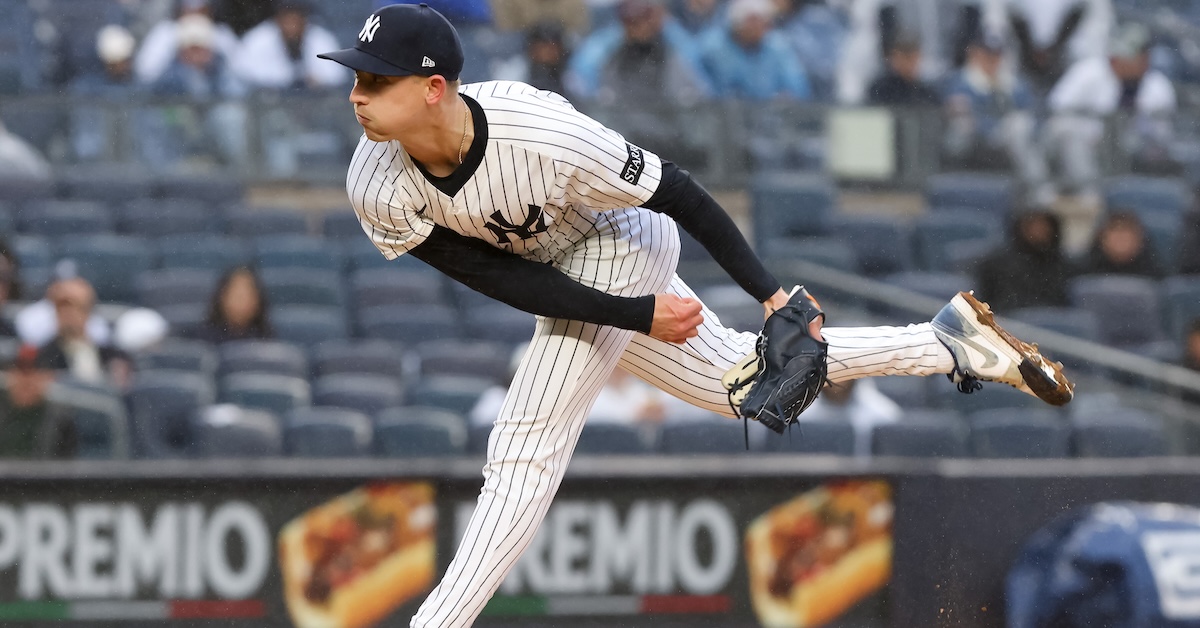
Is Luke Weaver good? I’m asking for a friend of mine who will remain anonymous, initials D.S. It’s a matter of some urgency, he told me. Perhaps – and I, of course, wouldn’t want to speculate – it might be related to a news item first reported by Will Sammon of The Athletic. Weaver and the New York Mets are in agreement on a two-year, $22 million deal that continues to overhaul their bullpen.
Eleven million a year for a quality reliever is a solid rate. Eleven million for a guy who is only a season removed from nearly carrying the Yankees to a World Series title? A screaming buy. Thus, the question in evaluating Weaver’s free agency is simple: Is he the guy who dominated in 2024, or the one whom Aaron Boone launched down the bullpen hierarchy and eventually gave up on in the 2025 postseason?
When the Weaver experience is firing on all cylinders, you watch him pitch and wonder why everyone can’t do it like this. He starts things off with a model-friendly four-seam fastball, 94-95 mph and with prototypical backspinning movement. The combination of velocity, movement, and command turn what might seem like an ordinary pitch into a great primary option. As a starter, Weaver’s fastball was plus but not unhittable. It was held back by subpar velocity, but that was the only shortcoming of an otherwise solid offering. His star turn in 2024 was driven largely by that pitch, with a few ticks of velocity making it a monster instead of merely good.
When Weaver isn’t pounding the strike zone with his fastball, he’s snapping off one of the best changeups in baseball. The superlative cambio has always been his top offering. He broke into the majors as a starter and used the change to survive, throwing it more than a quarter of the time without any other solid secondaries to speak of. It’s so good that it’s no mere platoon pitch, and it’s gotten better since his transition to the bullpen. The same few ticks of extra juice that turned his fastball unhittable also gave batters nightmares with his offspeed offerings. Read the rest of this entry »

